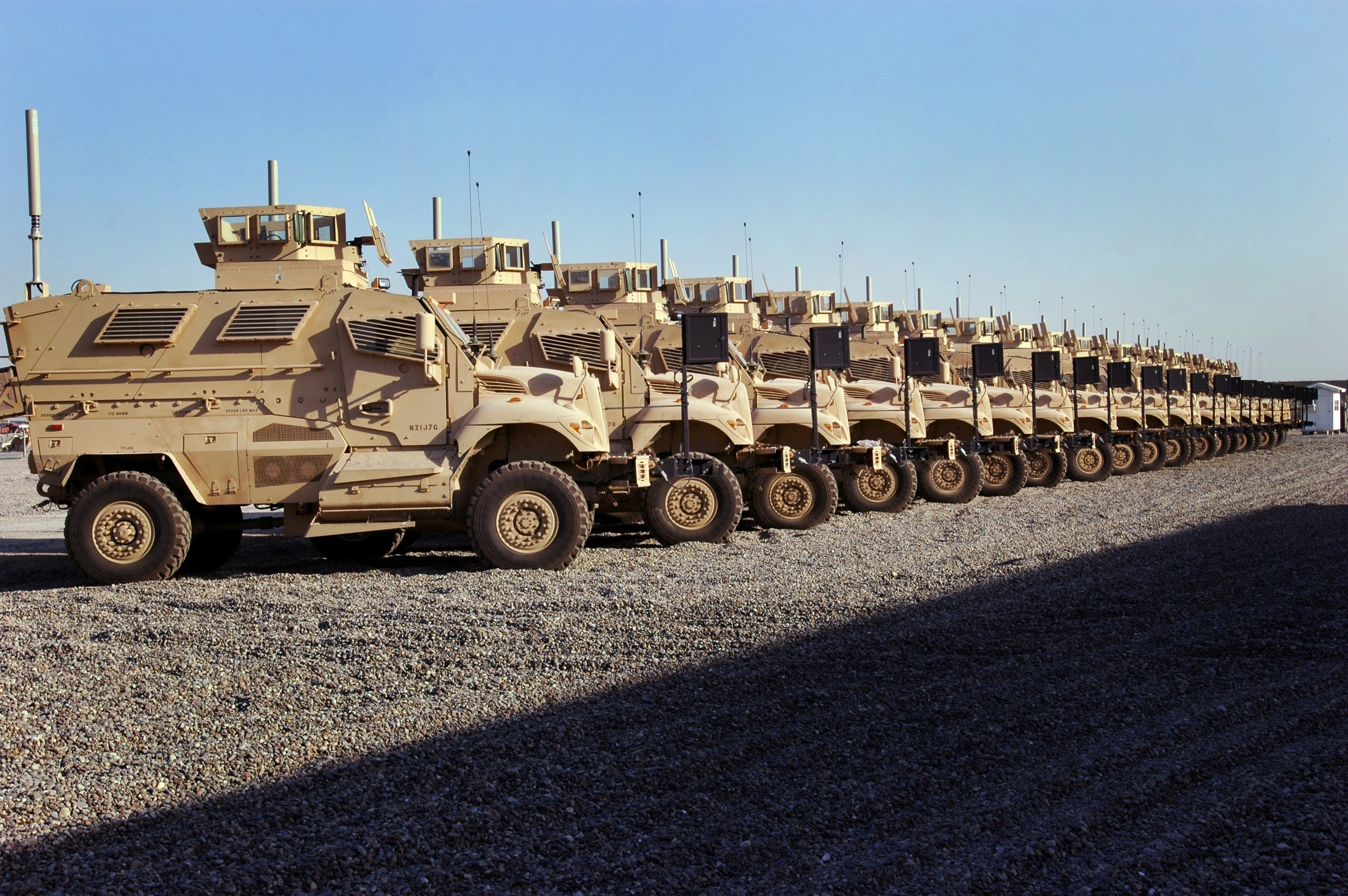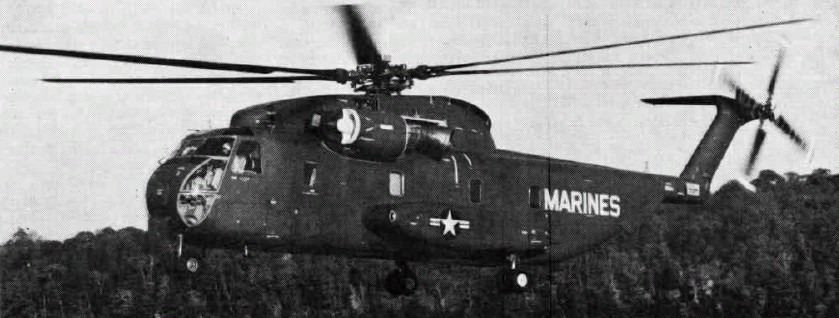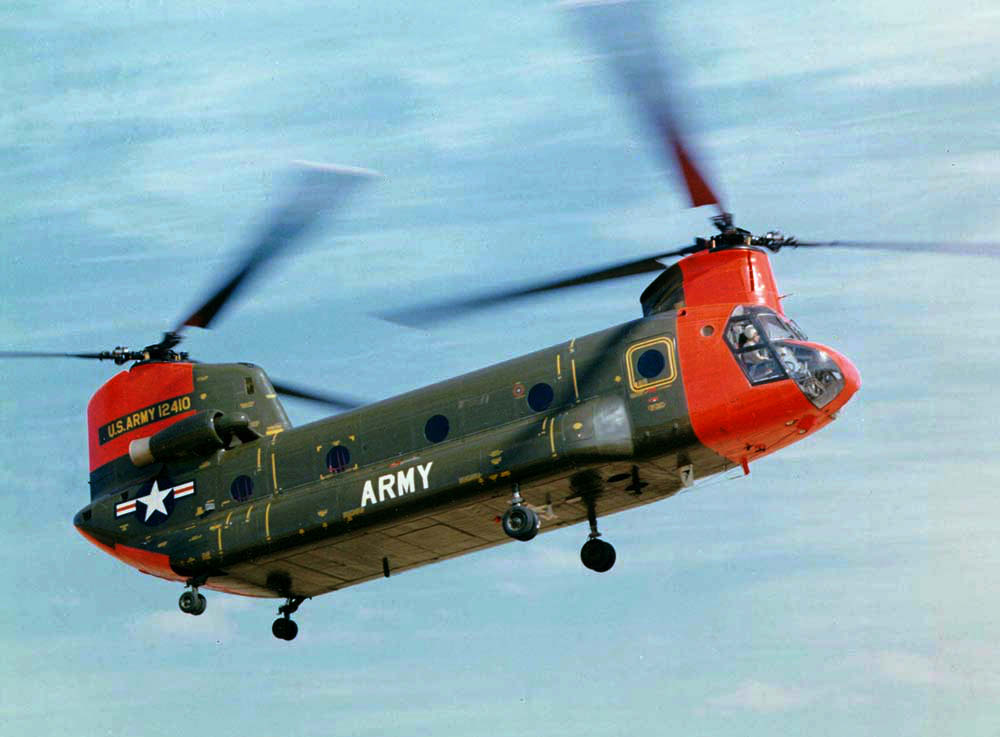|
MillenWorks Light Utility Vehicle
The MillenWorks Light Utility Vehicle (LUV) is a prototype testbed for automotive technologies. It was designed and built by MillenWorks under contract to the Tank Automotive Research, Development and Engineering Center. Textron Marine and Land Systems will use the platform for further development of component technologies. The vehicle was a possible Joint Light Tactical Vehicle candidate, but was not selected. Design The LUV has a very revolutionary drivetrain layout. The front wheels of the vehicle are powered by an electric motor located under the hood, while the rear wheels are powered by a separate diesel-electric parallel hybrid consisting of a second electric motor as well as a standard NATO M16 diesel motor. This eliminates the driveshaft common on most 4WD vehicles, and reduces the chances of an IED "mobility kill", since a hit in either the front or rear will not completely incapacitate the vehicle. Eliminating the driveshaft also allows for greater ground clearance, ... [...More Info...] [...Related Items...] OR: [Wikipedia] [Google] [Baidu] |
Rod Millen
Rodney K. "Rod" Millen (born 22 March 1951) is a New Zealand racing driver, vehicle designer, and business owner. He has competed in numerous genres of motorsports, including rally racing, off-road racing, hillclimbing, drifting, and super touring. Personal life Rod Millen was born in New Zealand. Millen is the father of Rhys Millen and Ryan Millen, and the brother of Steve Millen. All have raced in various types of motorsports. Both of Rod's sons, Ryan and Rhys have raced with him in the Baja 1000.FJ Cruiser Race Truck To Debut At The 38th Baja 1000 November 1, 2006, Retrieved October 13, 2007 Early in life Millen was trained as a |
Driveshaft
A drive shaft, driveshaft, driving shaft, tailshaft (Australian English), propeller shaft (prop shaft), or Cardan shaft (after Girolamo Cardano) is a component for transmitting mechanical power and torque and rotation, usually used to connect other components of a drivetrain that cannot be connected directly because of distance or the need to allow for relative movement between them. As torque carriers, drive shafts are subject to torsion and shear stress, equivalent to the difference between the input torque and the load. They must therefore be strong enough to bear the stress, while avoiding too much additional weight as that would in turn increase their inertia. To allow for variations in the alignment and distance between the driving and driven components, drive shafts frequently incorporate one or more universal joints, jaw couplings, or rag joints, and sometimes a splined joint or prismatic joint. History The term ''driveshaft'' first appeared during the mid-19th centu ... [...More Info...] [...Related Items...] OR: [Wikipedia] [Google] [Baidu] |
HMMWV Replacement Process
The Humvee replacement process, undertaken by the U.S. military, was an effort to replace the current AM General Humvee multi-purpose motor vehicle. The Humvee had evolved several times since its introduction in 1984, and is now used in tactical roles for which it was not originally intended.Grant TurnbulEnd of an icon: the rise and fall of the Humvee- Army-Technology.com, 2014-09-30. Retrieved 2015-01-27 "It was never intended to be a combat vehicle." The U.S. military pursued several initiatives to replace it, both in the short and long term. The short-term replacement efforts utilize commercial off-the-shelf (COTS) vehicles, while the long-term efforts focused on building requirements for the Humvee replacement and technology research and evaluation in the form of various prototype vehicles. After going through the replacement process, the Joint Light Tactical Vehicle (JLTV) was chosen as the successor. Short term In the short term, Humvees that were in service in Iraq were re ... [...More Info...] [...Related Items...] OR: [Wikipedia] [Google] [Baidu] |
CH-53
The CH-53 Sea Stallion (Sikorsky S-65) is an American family of heavy-lift transport helicopters designed and built by the American manufacturer Sikorsky Aircraft. It was originally developed in response to a request from the United States Navy's Bureau of Naval Weapons made in March 1962 for a replacement for the Sikorsky CH-37 Mojave helicopters flown by the United States Marine Corps (USMC). In July 1962, Sikorsky's proposal, which was basically a scaled-up S-61R fitted with twin General Electric T64 turboshaft engines and the dynamic system of the S-64/CH-54, was selected. On 14 October 1964, the YCH-53A performed its maiden flight; the first deliveries of production CH-53s to operational units commenced on 12 September 1966. The first combat use of the type occurred during the following year when it was deployed to the Vietnam theatre; the CH-53 quickly proved its value for moving heavy payloads, particularly in the recovery of damaged aircraft. Several variants of the ... [...More Info...] [...Related Items...] OR: [Wikipedia] [Google] [Baidu] |
CH-47
The Boeing CH-47 Chinook is a tandem rotor helicopter developed by American rotorcraft company Vertol and manufactured by Boeing Vertol. The Chinook is a heavy-lift helicopter that is among the heaviest lifting Western helicopters. Its name, Chinook, is from the Native American Chinook people of Oregon and Washington state. The Chinook was originally designed by Vertol, which had begun work in 1957 on a new tandem-rotor helicopter, designated as the Vertol Model 107 or V-107. Around the same time, the United States Department of the Army announced its intention to replace the piston engine–powered Sikorsky CH-37 Mojave with a new, gas turbine–powered helicopter. During June 1958, the U.S. Army ordered a small number of V-107s from Vertol under the ''YHC-1A'' designation; following testing, it came to be considered by some Army officials to be too heavy for the assault missions and too light for transport purposes. While the YHC-1A would be improved and adopted by the U ... [...More Info...] [...Related Items...] OR: [Wikipedia] [Google] [Baidu] |
C-130
The Lockheed C-130 Hercules is an American four-engine turboprop military transport aircraft designed and built by Lockheed (now Lockheed Martin). Capable of using unprepared runways for takeoffs and landings, the C-130 was originally designed as a troop, medevac, and cargo transport aircraft. The versatile airframe has found uses in other roles, including as a gunship (AC-130), for airborne assault, search and rescue, scientific research support, weather reconnaissance, aerial refueling, maritime patrol, and aerial firefighting. It is now the main tactical airlifter for many military forces worldwide. More than 40 variants of the Hercules, including civilian versions marketed as the Lockheed L-100, operate in more than 60 nations. The C-130 entered service with the U.S. in 1956, followed by Australia and many other nations. During its years of service, the Hercules has participated in numerous military, civilian and humanitarian aid operations. In 2007, the C-130 beca ... [...More Info...] [...Related Items...] OR: [Wikipedia] [Google] [Baidu] |
McLaren F1
The McLaren F1 is a sports car designed and manufactured by British automobile manufacturer McLaren Cars, and powered by the BMW S70/2 V12 engine. The original concept was conceived by Gordon Murray. Murray was able to convince Ron Dennis to back the project. He engaged Peter Stevens to design the exterior and interior of the car. On 31 March 1998, the XP5 prototype with a modified rev limiter set the Guinness World Record for the world's fastest production car, reaching , surpassing the modified Jaguar XJ220's record from 1993. The car features numerous proprietary designs and technologies; it is lighter and has a more streamlined structure than many modern sports cars, despite having one seat more than most similar sports cars, with the driver's seat located in the centre (and slightly forward) of two passengers' seating positions, providing driver visibility superior to that of a conventional seating layout. It was conceived as an exercise in creating what its designers h ... [...More Info...] [...Related Items...] OR: [Wikipedia] [Google] [Baidu] |
Control System
A control system manages, commands, directs, or regulates the behavior of other devices or systems using control loops. It can range from a single home heating controller using a thermostat controlling a domestic boiler to large industrial control systems which are used for controlling processes or machines. The control systems are designed via control engineering process. For continuously modulated control, a feedback controller is used to automatically control a process or operation. The control system compares the value or status of the process variable (PV) being controlled with the desired value or setpoint (SP), and applies the difference as a control signal to bring the process variable output of the plant to the same value as the setpoint. For sequential and combinational logic, software logic, such as in a programmable logic controller, is used. Open-loop and closed-loop control There are two common classes of control action: open loop and closed loop. In an ... [...More Info...] [...Related Items...] OR: [Wikipedia] [Google] [Baidu] |
X-by-wire
By-wire refers to technologies in which a system is controlled using electrical or electronic means rather than by a mechanical linkage that transfers force from the input to the system. The concept is used in aviation and in the automotive industry. By analogy, it may refer to managing by wire, a management style relying on an informational representations of the business, similar to fly-by-wire pilots who rely on an informational representation of the plane. By-wire concepts and systems include: * Drive by wire in automotive contexts ** Accelerate-by-wire or throttle-by-wire, more commonly known as electronic throttle control ** Brake-by-wire ** Shift-by-wire in automatic transmissions that are manumatic or in automated manual transmissions. This may include park by wire which actuates the parking pawl as part of the shifting system. ** Steer-by-wire * Fly-by-wire Fly-by-wire (FBW) is a system that replaces the conventional manual flight controls of an aircraft with an e ... [...More Info...] [...Related Items...] OR: [Wikipedia] [Google] [Baidu] |
Steer-by-wire
Drive by wire, DbW, by-wire, steer-by-wire, fly-by-wire or x-by-wire technology in the automotive or aviation industry is the use of electrical or electro-mechanical systems for performing vehicle functions traditionally achieved by mechanical linkages. This technology replaces the traditional mechanical control systems with electronic control systems using electromechanical actuators and human–machine interfaces such as pedal and steering feel emulators. Components such as the steering column, intermediate shafts, pumps, hoses, belts, coolers and vacuum servos and master cylinders are eliminated from the vehicle. This is similar to the fly-by-wire systems used widely in the aviation industry. Examples include electronic throttle control and brake-by-wire. Advantages The electronic throttle system is significantly lighter, reducing weight in modern cars. They are easier to service and tune, as a technician can simply connect a computer and let the computer perform the tuning. U ... [...More Info...] [...Related Items...] OR: [Wikipedia] [Google] [Baidu] |
Brake-by-wire
In the automotive industry, brake-by-wire technology is the ability to control brakes through electrical means. It can be designed to supplement ordinary service brakes or it can be a standalone brake system. This technology is widely used on all hybrid and battery electric vehicles, including the Toyota Prius. Brake-by-wire is also common in the form of the electric park brake which is now widely used on mainstream vehicles. The technology supplements traditional components such as the pumps, hoses, fluids, belts and vacuum servos and master cylinders with electronic sensors and actuators. Drive-by-wire technology in automotive industry replaces the traditional mechanical and hydraulic control systems with electronic control systems using electromechanical actuators and human–machine interfaces such as pedal and steering feel emulators. Some x-by-wire technologies have been already installed on commercial vehicles such as steer-by-wire, and throttle-by-wire. Brake-by-wire tec ... [...More Info...] [...Related Items...] OR: [Wikipedia] [Google] [Baidu] |
Electronic Throttle Control
Electronic throttle control (ETC) is an automobile technology which electronically "connects" the accelerator pedal to the throttle, replacing a mechanical linkage. A typical ETC system consists of three major components: (i) an accelerator pedal module (ideally with two or more independent sensors), (ii) a throttle valve that can be opened and closed by an electric motor (sometimes referred to as an electric or electronic throttle body (ETB)), and (iii) a powertrain or engine control module (PCM or ECM). The ECM is a type of electronic control unit (ECU), which is an embedded system that employs software to determine the required throttle position by calculations from data measured by other sensors, including the accelerator pedal position sensors, engine speed sensor, vehicle speed sensor, and cruise control switches. The electric motor is then used to open the throttle valve to the desired angle via a closed-loop control algorithm within the ECM. The benefits of electronic ... [...More Info...] [...Related Items...] OR: [Wikipedia] [Google] [Baidu] |






.jpg)
